The risk of fading away in contemporary life
In the cultural identity of the Central Highlands, the communal house plays an important role. Besides its material value, the communal house is a place that contains the spiritual cultural layers of the Central Highlands people. According to the concept of the people here, only with a communal house can a village truly be a village, the communal house is the "heart" of the village, a place that connects people, where villagers gather for meetings and important work.
With an average height of about 18m, the communal house is often built from natural materials such as: wood, bamboo, thatch, reed... The roof of the communal house is decorated with many patterns and motifs simulating the sun, fern... The communal house has the meaning of the face of the village, because this is the tallest and most beautiful architectural work, the prosperity of the village or not is shown through the size and grandeur of the communal house.
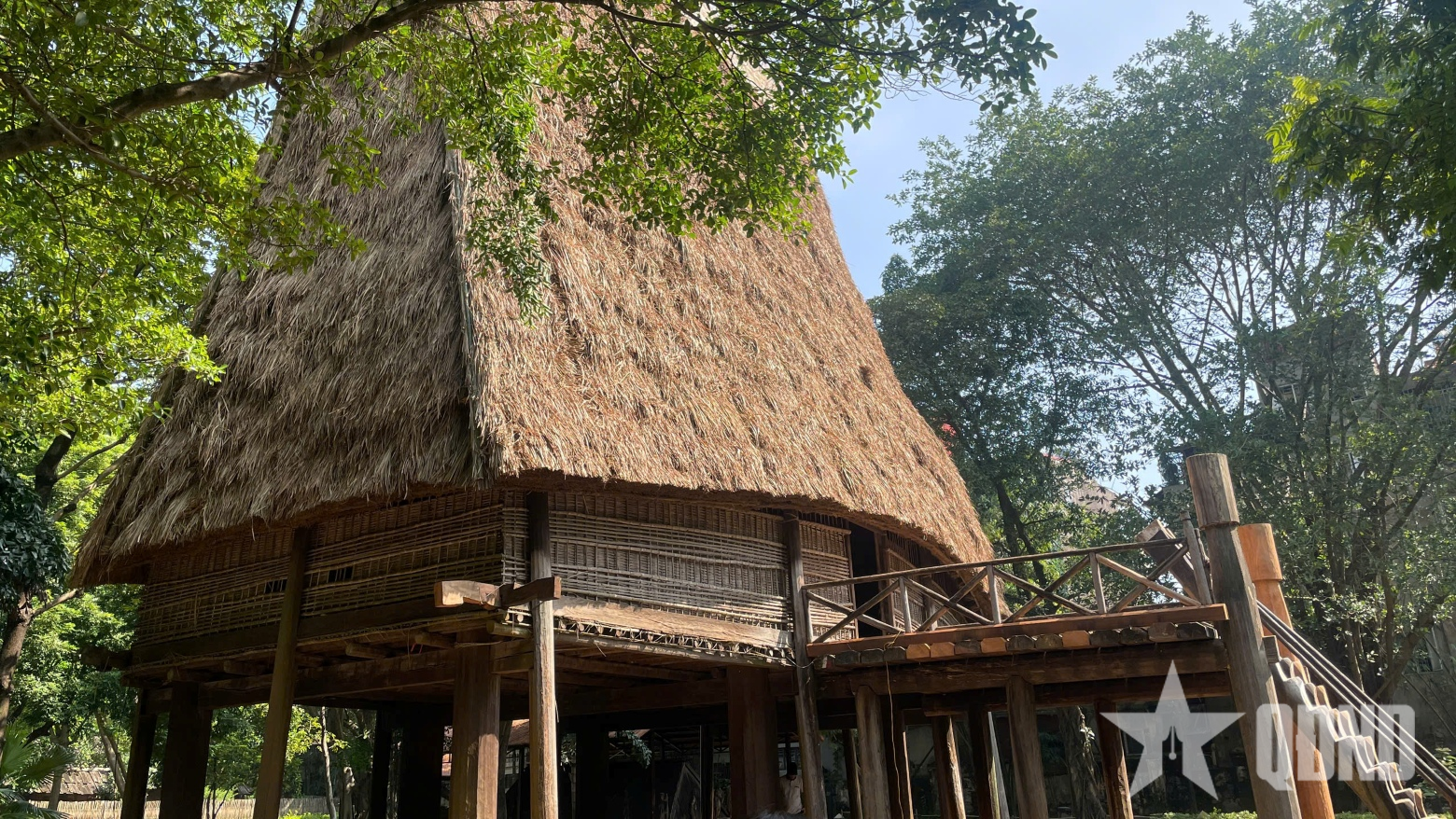 |
The restored communal house at the Vietnam Museum of Ethnology. |
However, due to the scarcity of materials for building communal houses, along with the development of contemporary culture, communal house architecture is gradually being concretized and embellished. This leads to the decline of communal houses as well as the awareness of preserving culture and beliefs of the Central Highlands people in general and the Bana ethnic group in particular, requiring the involvement of government agencies, organizations as well as the people.
Join hands to preserve
Faced with the challenges of preserving and maintaining folk architectural heritage today, especially communal house architecture, many studies, seminars and discussions have been organized. Recently, the discussion "Communal house and conservation issues in the contemporary context" organized by the Vietnam Museum of Ethnology, brought out many enthusiastic opinions from managers, researchers and people. In particular, the construction, restoration and preservation of the original communal house model at the Vietnam Museum of Ethnology in recent years has demonstrated the efforts and enthusiasm of cultural workers in this work.
Dr. Luu Anh Hung, former Deputy Director in charge of the Vietnam Museum of Ethnology, shared: “We spent a long time researching and selecting to find an original model of the Bana communal house in Kon Rbang village (Ngọk Bay commune, Quang Ngai province). With the communal house design built at the Museum, after each repair, we always try to create, including raw materials, decorations inside and outside, to keep it as it was originally built.”
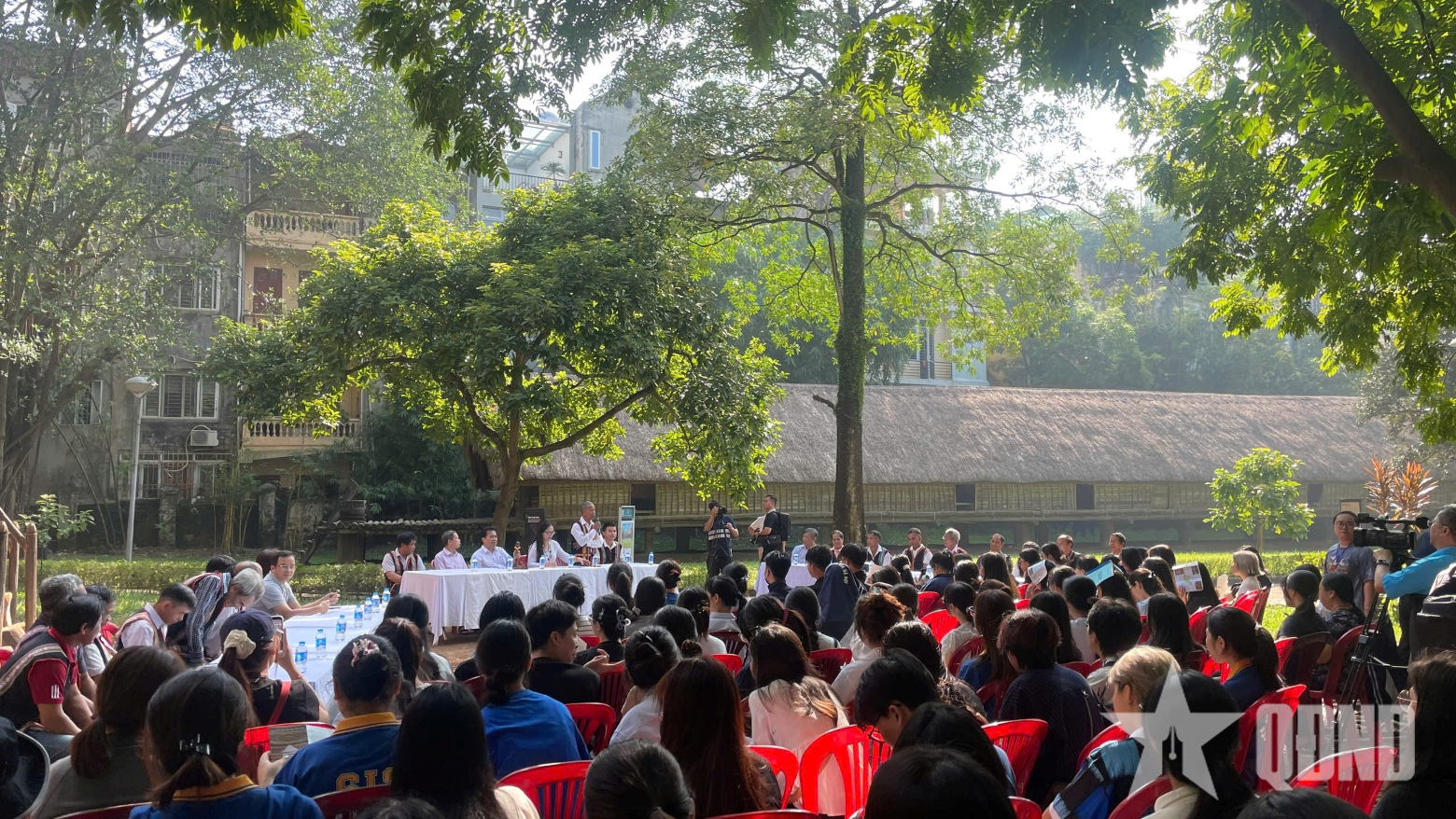 |
| Seminar "Rong houses and conservation issues in contemporary context". |
According to Dr. Luu Anh Hung, the communal house is one of the two most difficult and challenging structures to build and preserve. In early October, 20 people, the “workers” from Kon Rbang village, directly repaired the communal house in the grounds of the Vietnam Museum of Ethnology.
Village elder Kon Rbang - one of the participants in building and repairing the communal house expressed: “We are very happy and proud every time we come here to repair the communal house at the Museum. Every time we come here, there are both young and old people, some go once, some go three times, some go twice. That proves that the communal house is still being preserved by successive generations to this day”.
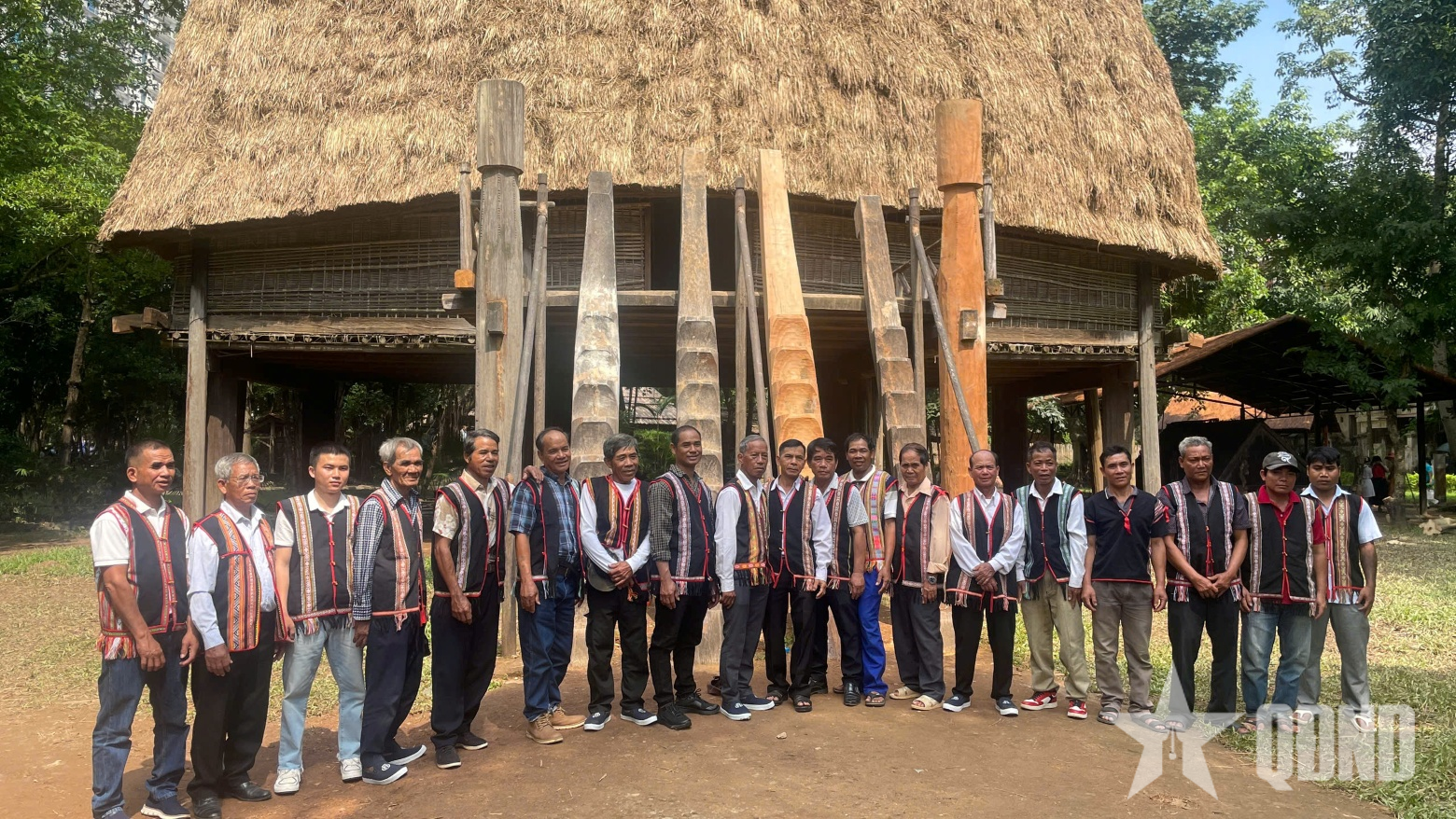 |
| Kon Rbang villagers contribute to recreating the communal house cultural space at the Vietnam Museum of Ethnology. |
“With many generations coming to repair, each generation is a separate transmission and creation, they will receive their own folk knowledge and they can have stylized versions on the traditional foundation, that is also one of the ways to visualize the transformation and flow of culture through each historical period”, said Dr. Bui Ngoc Quang, Deputy Director in charge of the Vietnam Museum of Ethnology.
With the orientation of preservation, Vietnam Museum of Ethnology always tries to keep the original of the communal house. In addition to annual renovation measures, the Museum has been using technology and documents to record all technical parameters, to explain the cultural flow through each historical period, helping visitors visualize more clearly the transformation of the communal house.
The above activities have demonstrated the solidarity and unity of researchers, cultural heritage workers and people in preserving and promoting the values and cultural souls of Vietnamese ethnic groups.
Source: https://www.qdnd.vn/van-hoa/doi-song/bao-ton-nha-rong-bana-trong-nhip-song-duong-dai-885599








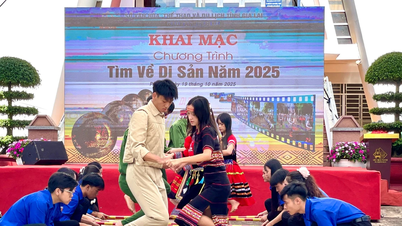



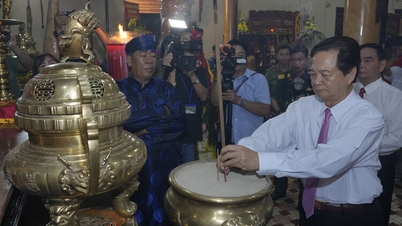

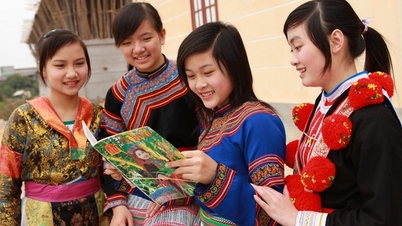


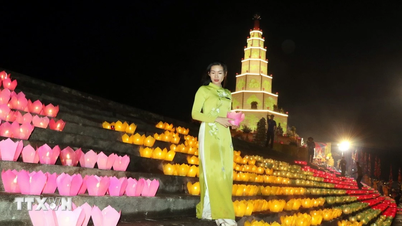

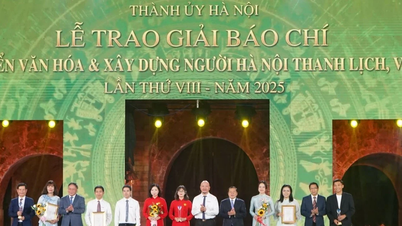

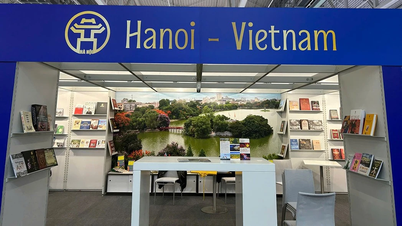



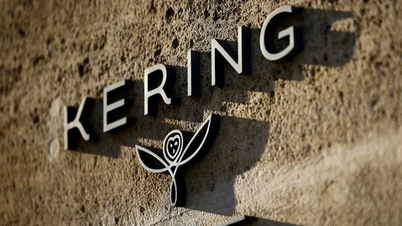






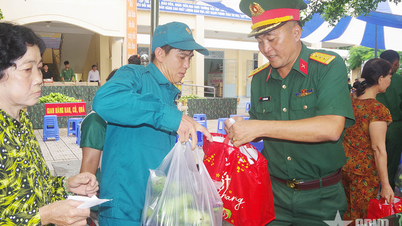
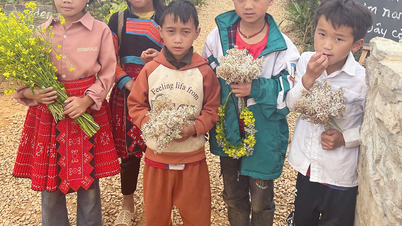


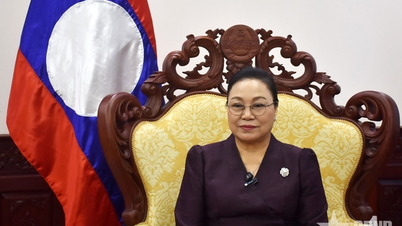

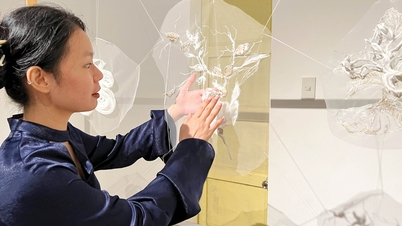

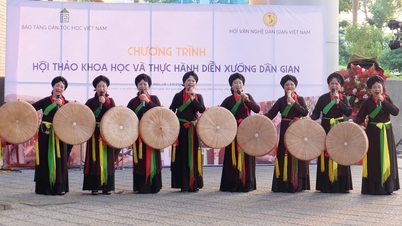


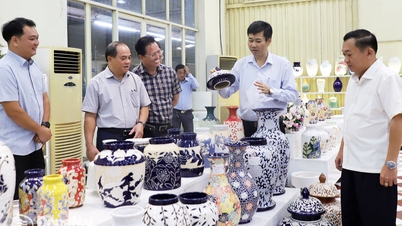







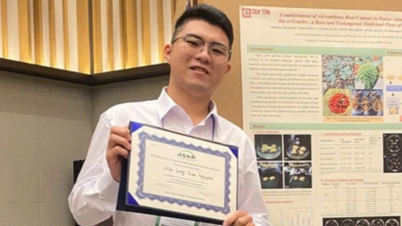


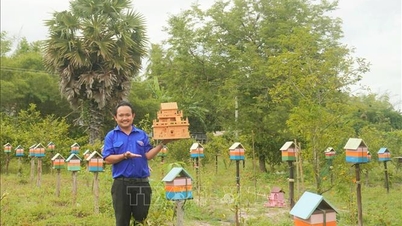


















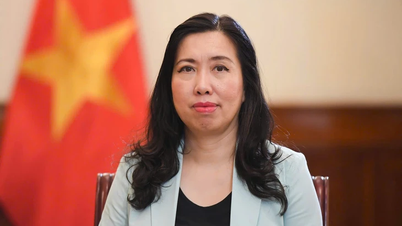
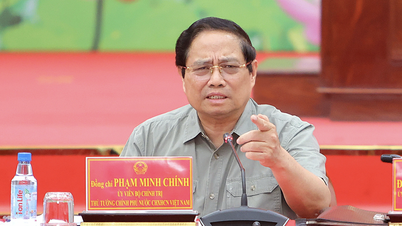





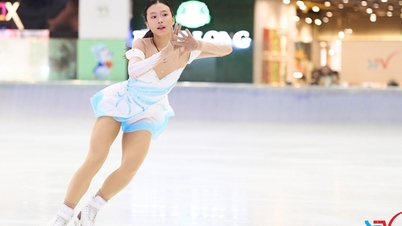



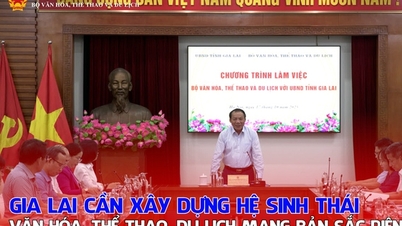


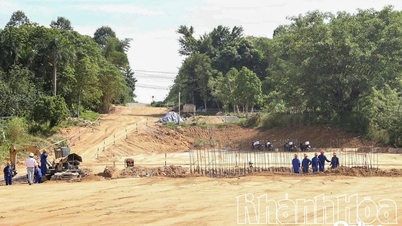

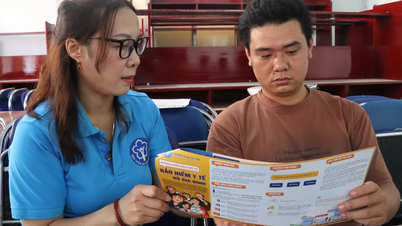
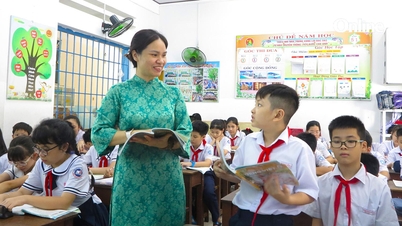
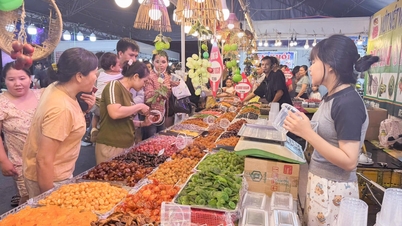

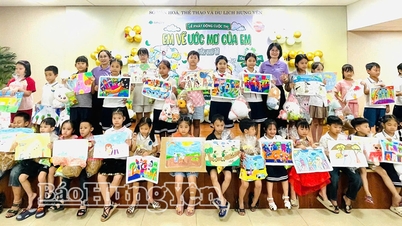














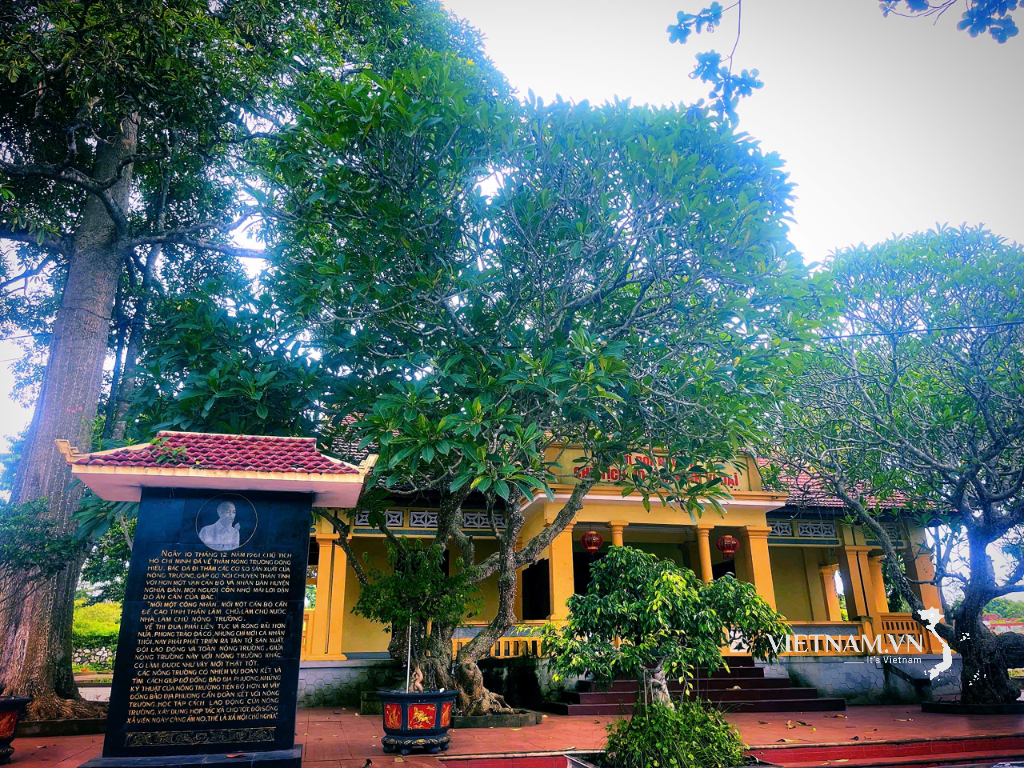

Comment (0)